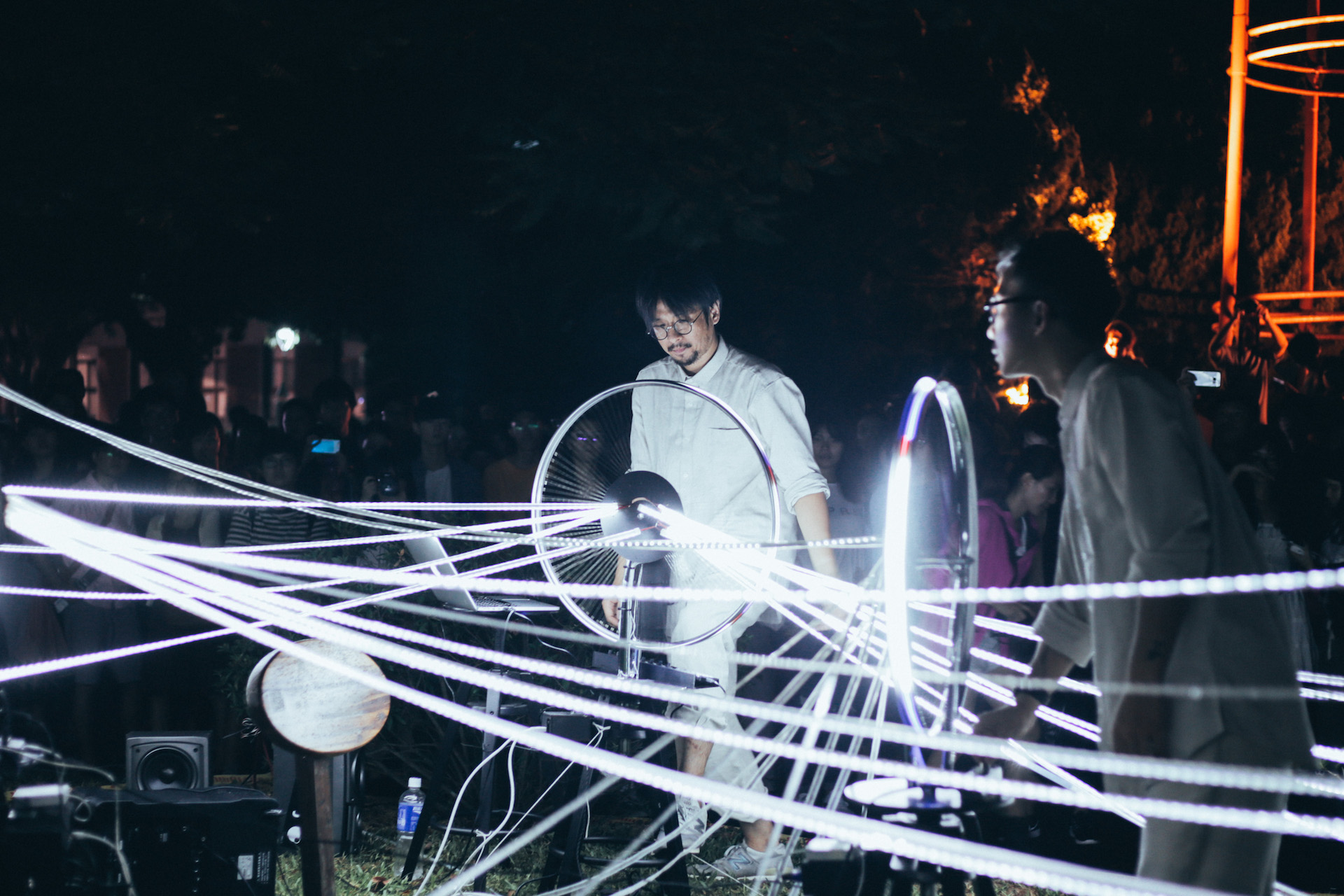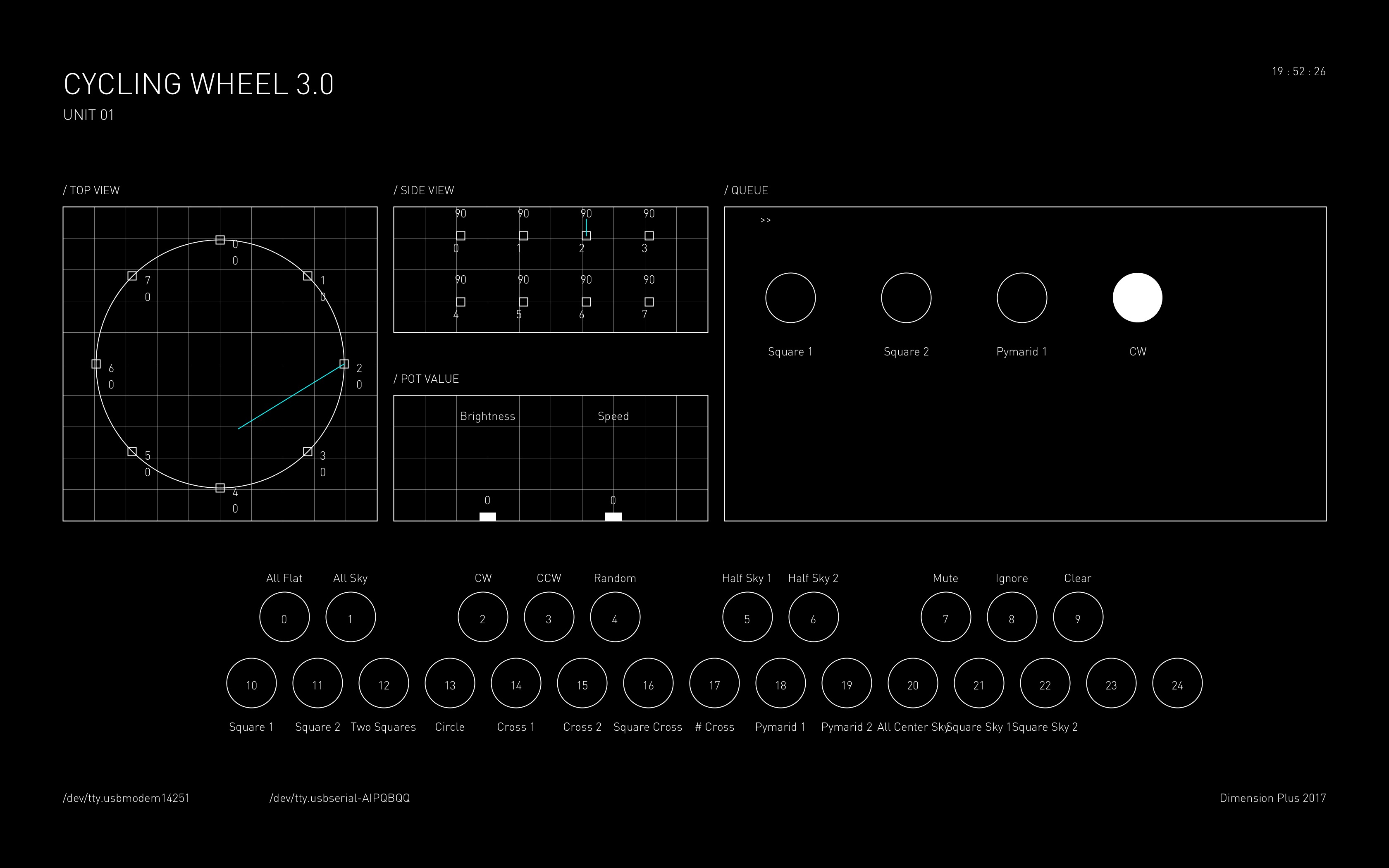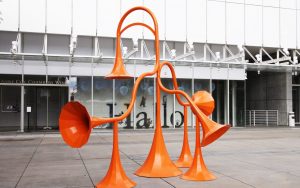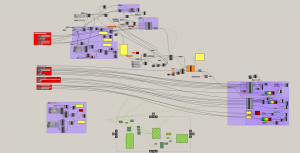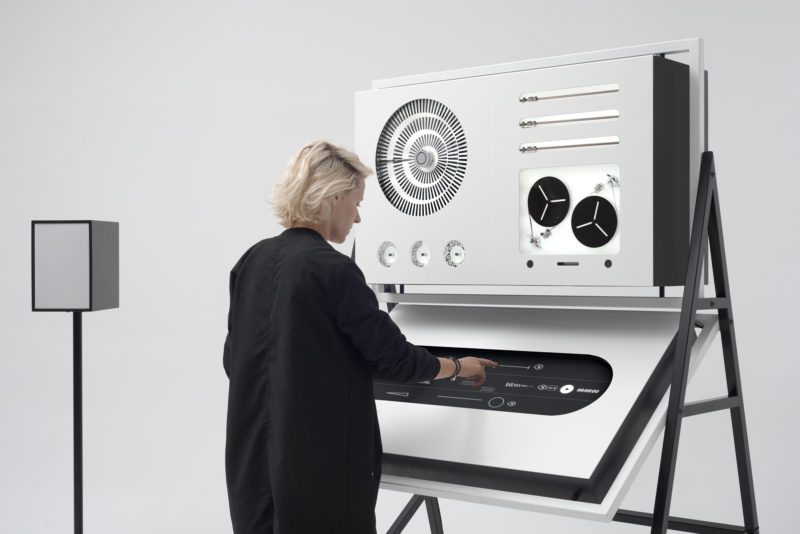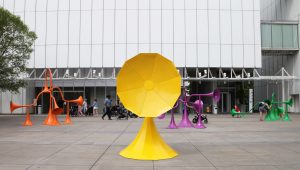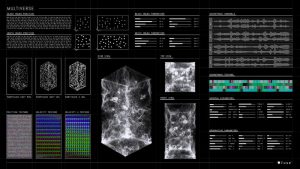Sorting is a project that generates algorithm visualization and sonification by Ren Yuan. This project makes the sorting history, data comparison, data swap,absolute error, residual sum of squares and other features visible and audible by using computer programming. There are seven sorting algorithms to make this algorithm visualization and sonification: insertion sort, shell sort, bubble sort, quick sort, selection sort, heap sort, and merge sort. The problem size of all sorting algorithms is 31, and the initial condition is random.
This project are very attractive to me because it visualizes the abstract computing features, picturing such invisible process of the computer directly. It even generates the sound based on the operation of these features, enhancing the visibility and concretization of the computing process. Moreover, by using certain algorithm, these features generate various, dynamic, and aesthetic patterns, shapes, and motions that can be inspirations for many artistic fields such as architecture and fine arts. Various sound that are generated by this project can be manipulated to be soundtrack for specific purposes such as using in Electronic Dance Music(EDM). The visual representation combining with the sonification work perfectly to produce the visual and audio effects to the audience.
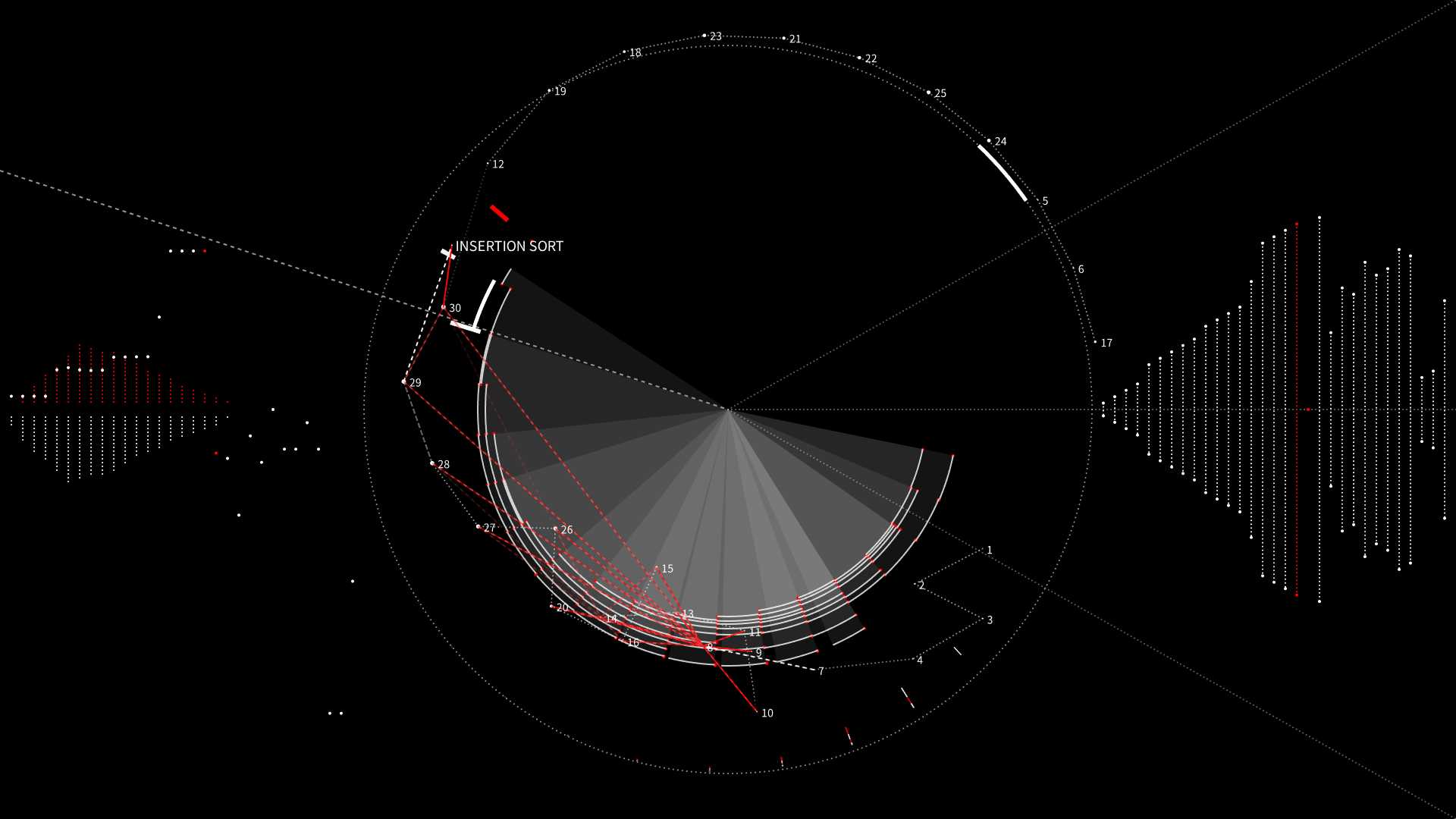
Algorithm Visualization through Sorting
![[OLD FALL 2018] 15-104 • Introduction to Computing for Creative Practice](../../../../wp-content/uploads/2020/08/stop-banner.png)
